Oh no.... As we landed on St. John's Island via private ferry service, we could see a fierce storm covering the skies of mainland Singapore.
 |
| Look at the cloud formation on mainland. |
While round a corner of the island, the sky shows some of the pretty orange sunset with the fast moving storm clouds.
 |
| Sunset and storm clouds |
St. John's Island is one of the many southern islands in Singapore. It was previously known as Pulau Sekijang Bendara or "deer flag". St. John's Island now houses the Tropical Marine Science Institute (TMSI) and AVA's Marine Aquaculture Centre (MAC) for marine research and development. There are also chalets available, managed by
Sentosa, for public who wish to stay over on the island. The
Singapore Island Cruise provides ferry services to some of the southern islands with a fixed ferry schedule. You can also read more about the history of St. John's Island from the National Library Board's
Infopedia.
Light rain started to fall shortly after the team began exploring the shore. However that did not stop us as we wore our ponchos or opened umbrellas and continued our work. The thick
sargassum seaweeds in the rain means we have to be extra careful when walking around in shallow waters to avoid stepping on mr.
stonefish.
I got my first find from Chay Hoon, an
extraordinary sea hare (
Aplysia extraordinaria)
 |
| Extraordinary sea hare |
Chay Hoon also found a
spotted-tail frogfish (
Lophiocharon trisignatus). This is my first time seeing a frogfish in Singapore waters and also on intertidal trips. Exciting!
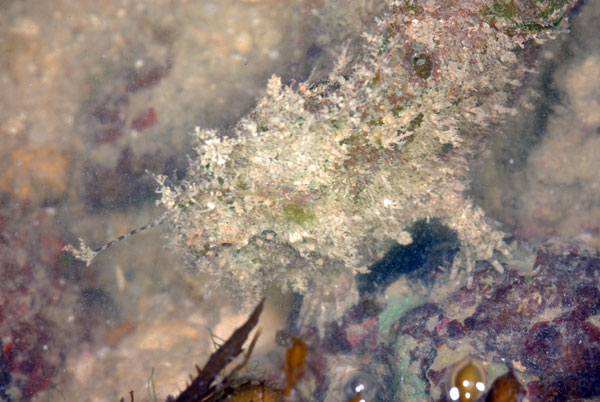 |
| Top view of the frogfish |
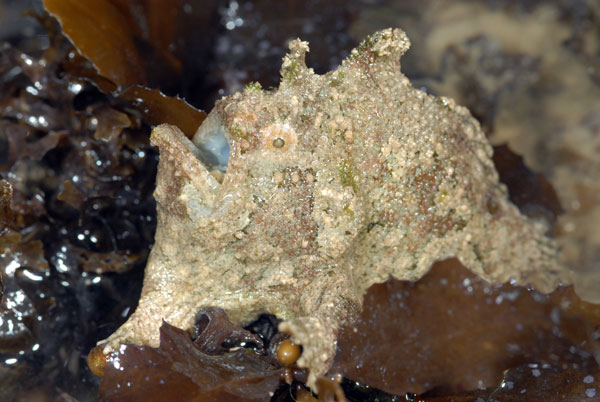 |
| The frogfish gives a stunned face when out of water |
Nearby, there was a
dawn flatworm (
Pseudobiceros uniarborensis). It has an orange edge.
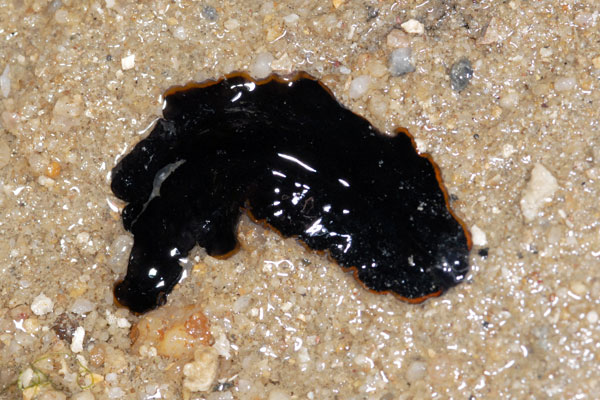 |
| Dawn flatworm |
Also, an empty
ovum cowrie (
Cypraea ovum) was found.
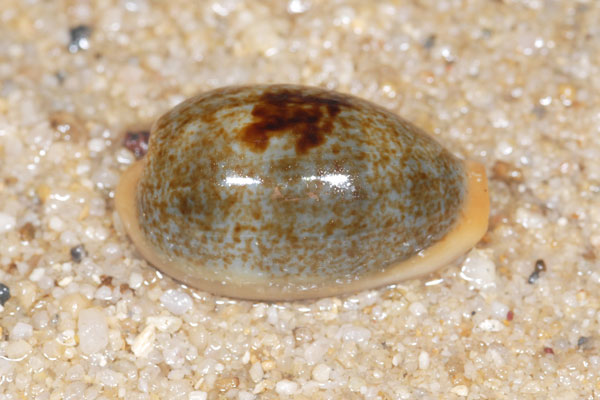 |
| Top view of the ovum cowrie |
 |
| Underside view of the ovum cowrie, showing the "teeths" |
Unfortunately, with my slippery fingers, the cowrie was flicked into the rubbles while I was trying to wash it and I could not find it again.
I caught my first octopus, thinking that it was some special octopus but later released it as it was a common octopus we always find on our shores.
 |
| Octopus |
With the sargassum seaweed bloom and shallow waters, many fish could be seen in the dark easily. There were
chequered cardinalfish (
Apogon margaritophorus),
false scorpionfish (
Centrogenys vaigiensis),
gobies, plenty of
filefish (Family Monacanthidae) and many other types of fish.
 |
| Chequered cardinalfish |
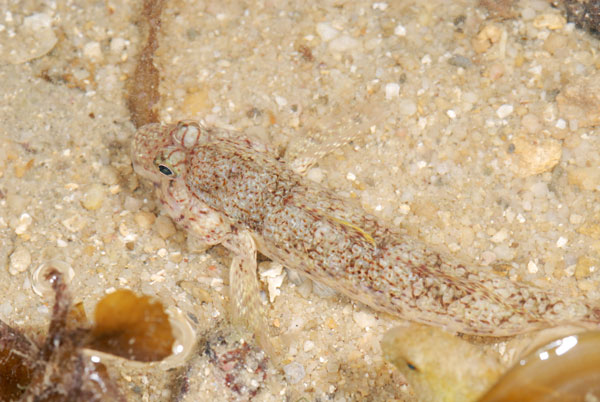 |
| Goby |
 |
| Cardinalfish, goby and an ocean strider |
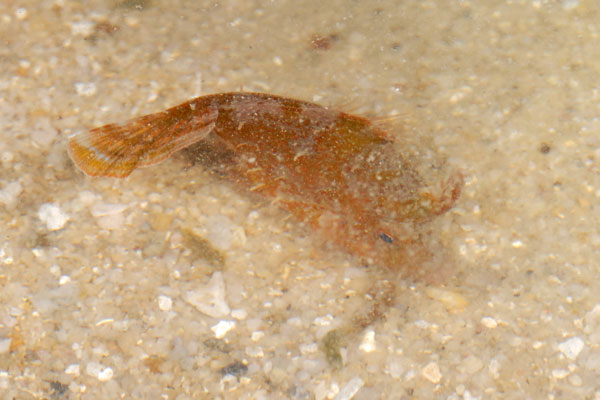 |
| Filefish |
 |
| Filefish |
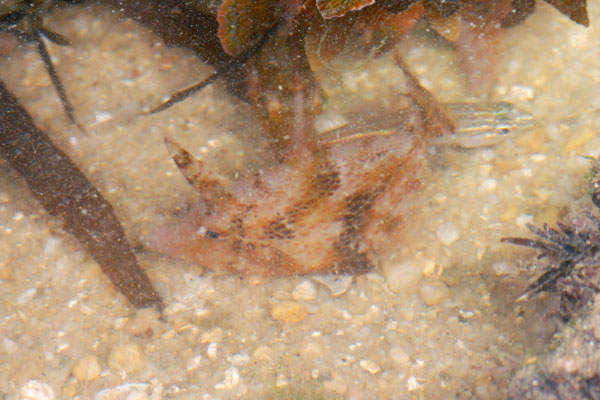 |
| Filefish |
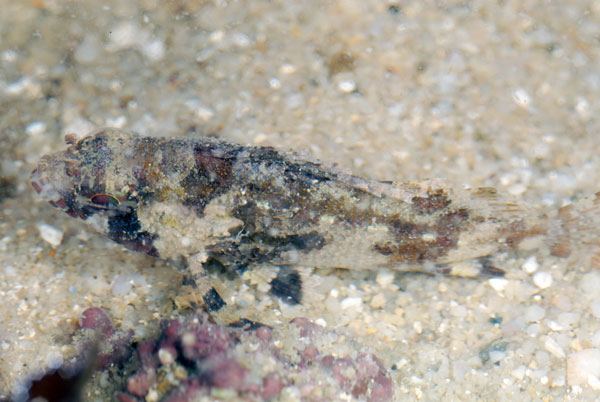 |
| False scorpionfish |
Other sea slug seen include the
hairy sea hare (
Bursatella leachii).
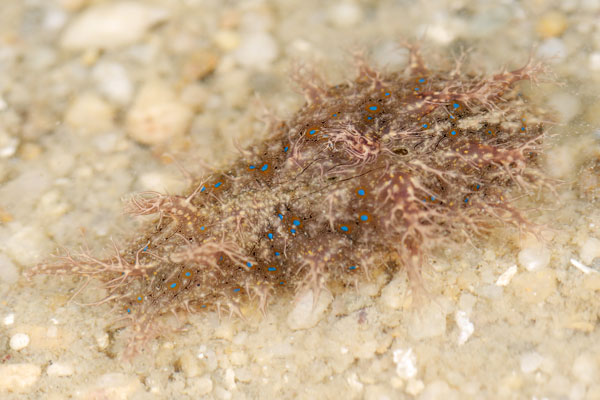 |
| Hairy sea hare |
We also had a special find in the lagoon, the
moon-headed sidegill slug (
Euselenops luniceps).
 |
| Back view |
 |
| Top view |
 |
| Underside view |
 |
| Side view, with visible gills |
I only saw one
giant carpet anemone (
Stichodactyla gigantea) and a lonely
five-spot anemone shrimp (
Periclimenes brevicarpalis). Not very sure where the shrimp's partner went to. This shrimp is usually seen in a pair on the giant carpet anemone.
 |
| Giant carpet anemone |
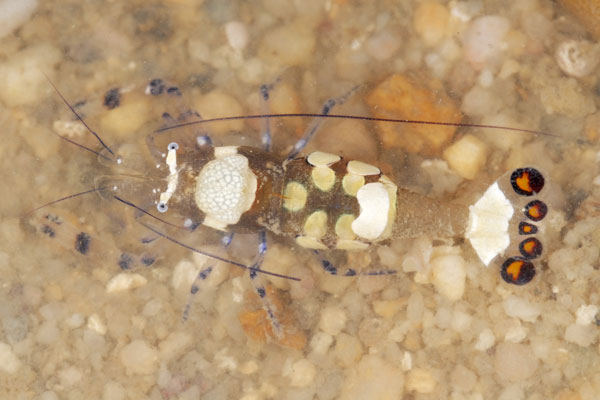 |
| Five-spot anemone shrimp |
At the corner area of the island, I saw codium green seaweed (
Codium sp.) and
zebra coral (
Oulastrea crispata)
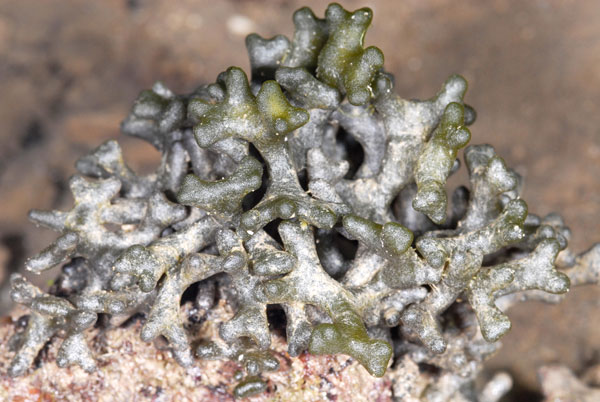 |
| Codium green seaweed |
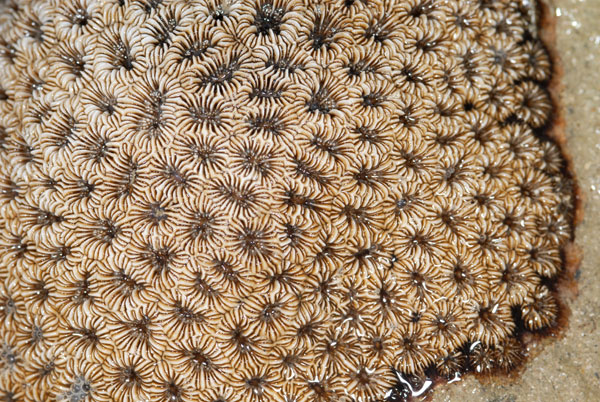 |
| Zebra coral |
Over at the lagoon, there were more exciting findings.
The
horn-eyed ghost crabs (
Ocypode ceratophthalmus) were very active and out on the shore. Ria saw one eating a fish as big as itself.
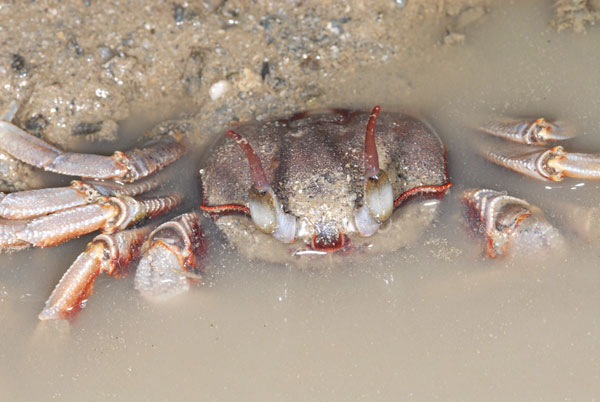 |
| Horn-eyed ghost crab trying to hide in the shallow water |
 |
| Close up of the crab |
 |
Crab eating a fish
Photo by Ria Tan |
There were a number of
black-lipped conch snails (
Strombus urceus).
 |
| Underside of the conch |
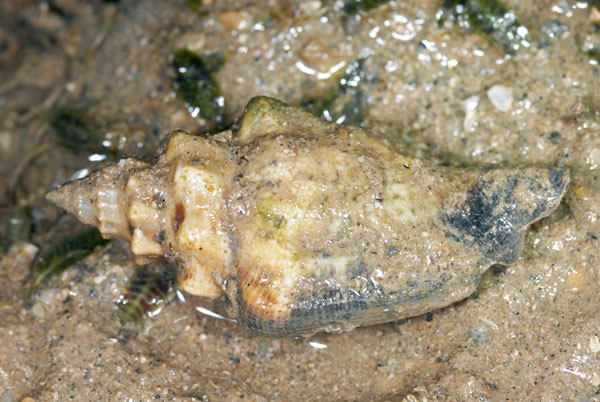 |
| Top view of the conch |
There were also many small
common sea stars (
Archaster typicus) in the lagoon. Look at the size of the sea star as compared to the snails nearby.
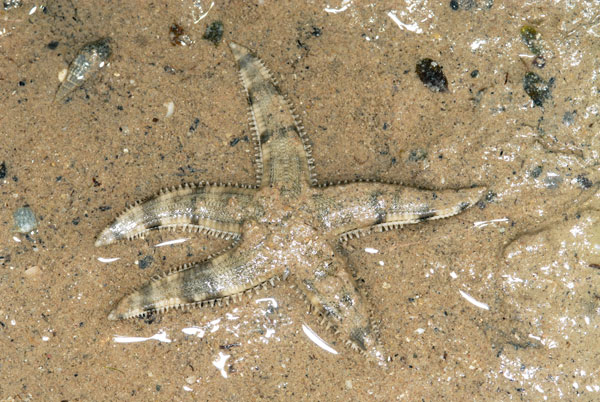 |
| Top view of the sea star |
 |
| Underside of the sea star |
The happiest happy I saw would be the
solitary tubeworm (
Diopatra sp.). It has beautiful feathery appendages (branchiae with spiraled filaments around the central stem). I had my first encounter with this worm during the recent
Comprehensive Marine Biodiversity Survey Northern Shore Expedition. Arthur Anker has great photo of this beautiful worm I collect during the expedition.
 |
| Coming out of its tube |
 |
| Showing its pretty feathery appendages |
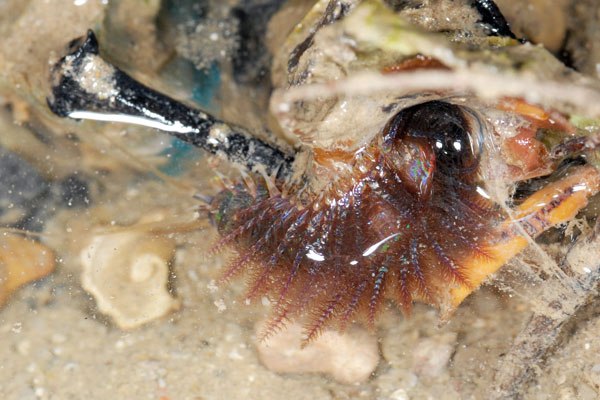 |
| Reaching out to grab something |
The oddest find in the lagoon would be the shell of a garden snail.
 |
| Top view |
 |
| Underside view |
It was a great day on the reef of St. John's Island despite the passing rain.
Tomorrow will be our final trip for this month, to Pulau Hantu.
More posts about this trip:Ria Tan -
Sluggy on St. John's Island
















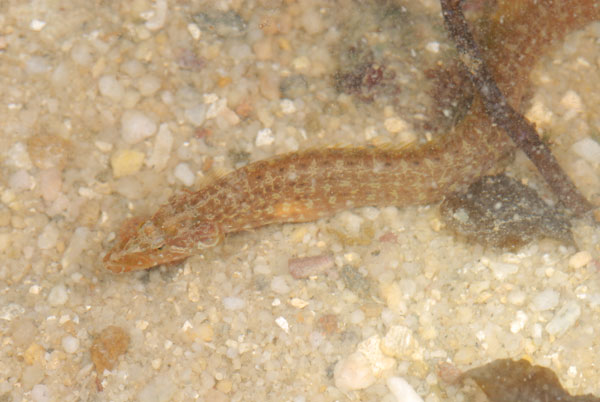



















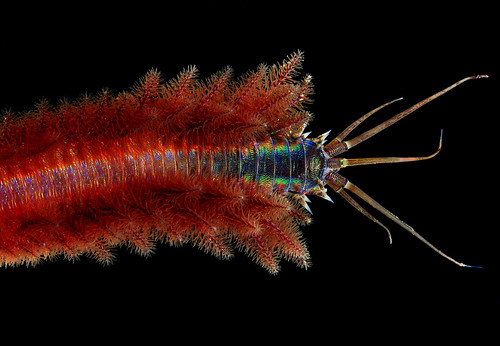


No comments:
Post a Comment